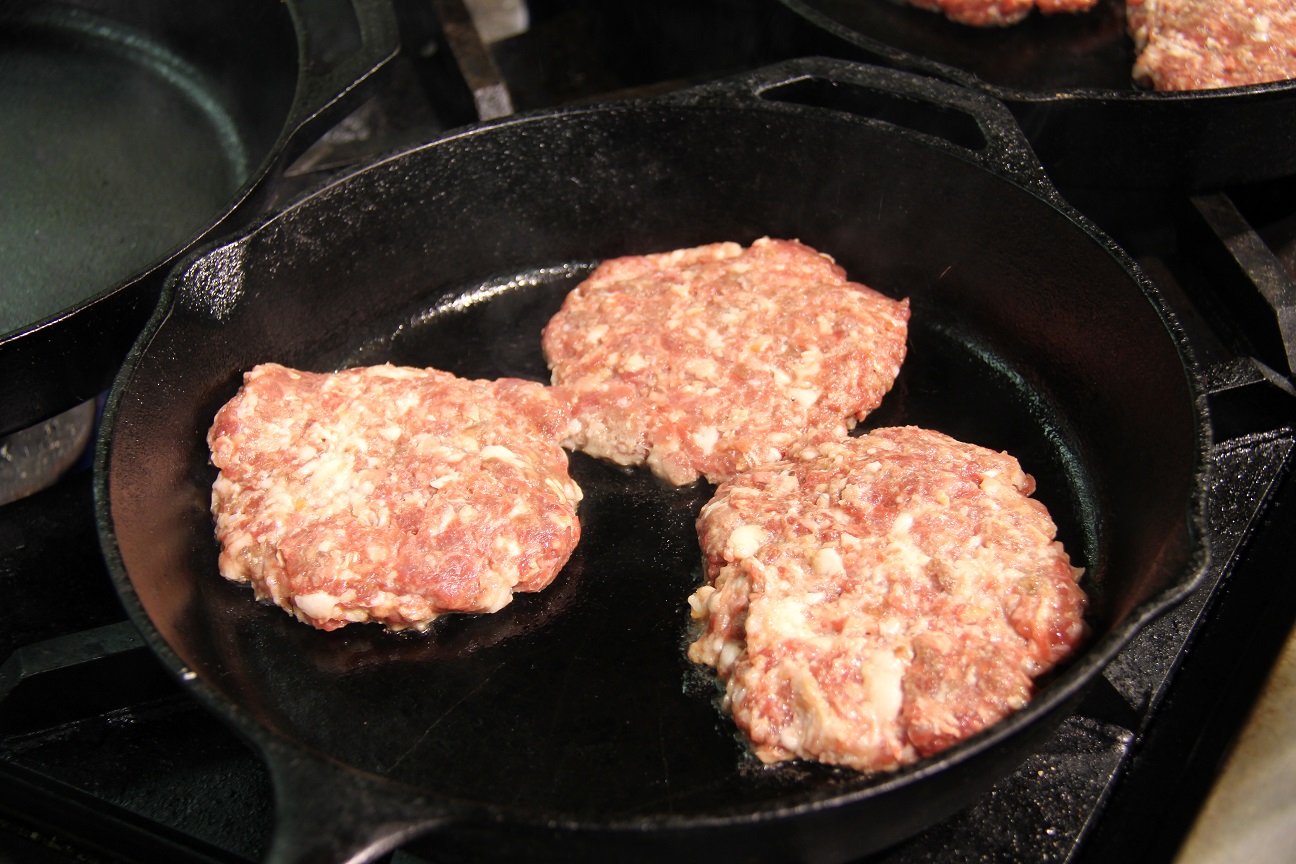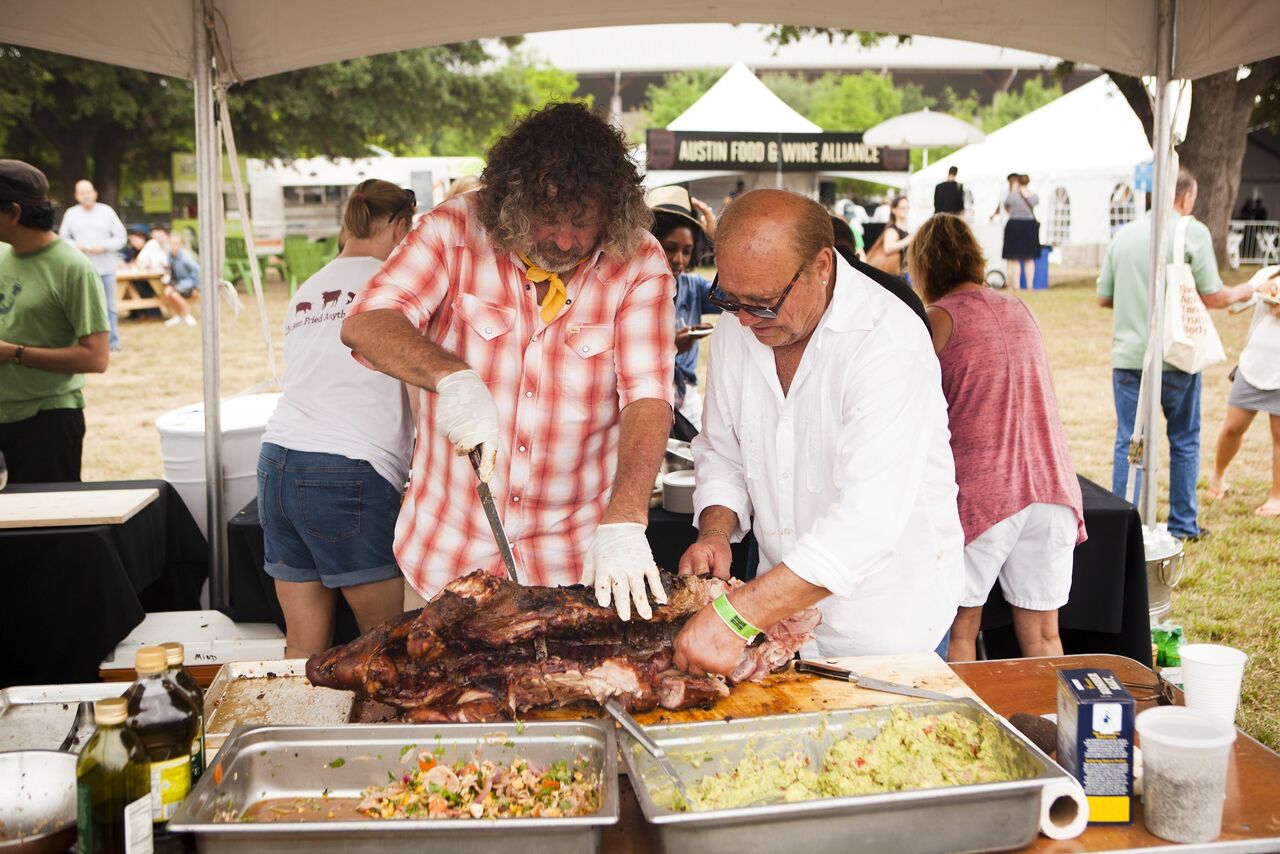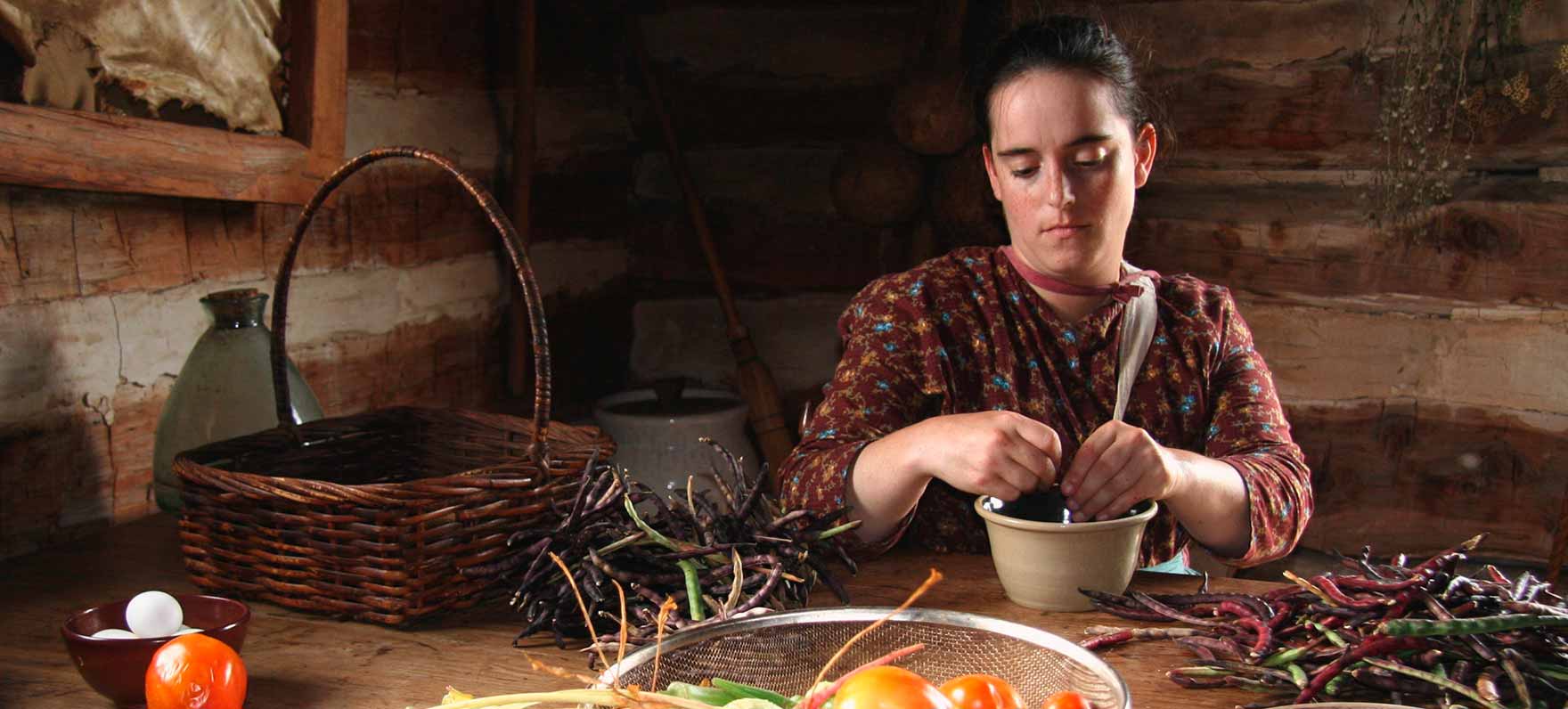Food Week: Respecting the Source
Thursday, November 23rd, 2017This is Passport to Texas Food Week
Holly Heyser, Communications director for California Waterfowl took up hunting to spend more time with her boyfriend who is a hunter, author and chef.
I got sick of being alone on weekends when he was out duck hunting all day long. He would get up at two in the morning and be out forever….well…it didn’t take that for me to join him. What it took was for him to cooking a lot of ducks, and wild ducks, especially where we live in the Sacramento Valley. Amazing. Really great food.
It’s appropriate that on Thanksgiving, Holly shares that hunting deepened her respect for animals and the meat they provide, and not just the wild ones.
Since I started hunting, I am so much less wasteful of meat. Even if I’m at a restaurant, if there’s a burger on my plate, I will not leave one single bite of meat on my plate, because I know an animal died for that. And when it’s animals you hunt, especially…we invest a lot of time. We can spend 12 hours and a lot of money on gas, to go and maybe get two ducks one day. That’s a precious gift, and you don’t waste it. So it’s really made me understand the value of the food we eat. And, I appreciate it a lot more than I ever used to. And the fact that it’s wild food and it’s absolutely delicious is icing on the cake.
Wild game is free range, organic, sustainable, and nutritious.
Find game recipes on the Texas Parks and Wildlife website.
The Wildlife and Sport Fish Restoration Program supports our show.
Happy Thanksgiving from all of us at Passport to Texas.
For Texas Parks and Wildlife I’m Cecilia Nasti.







 Passport to Texas is a
Passport to Texas is a  Passport to Texas is made available by:
Passport to Texas is made available by: